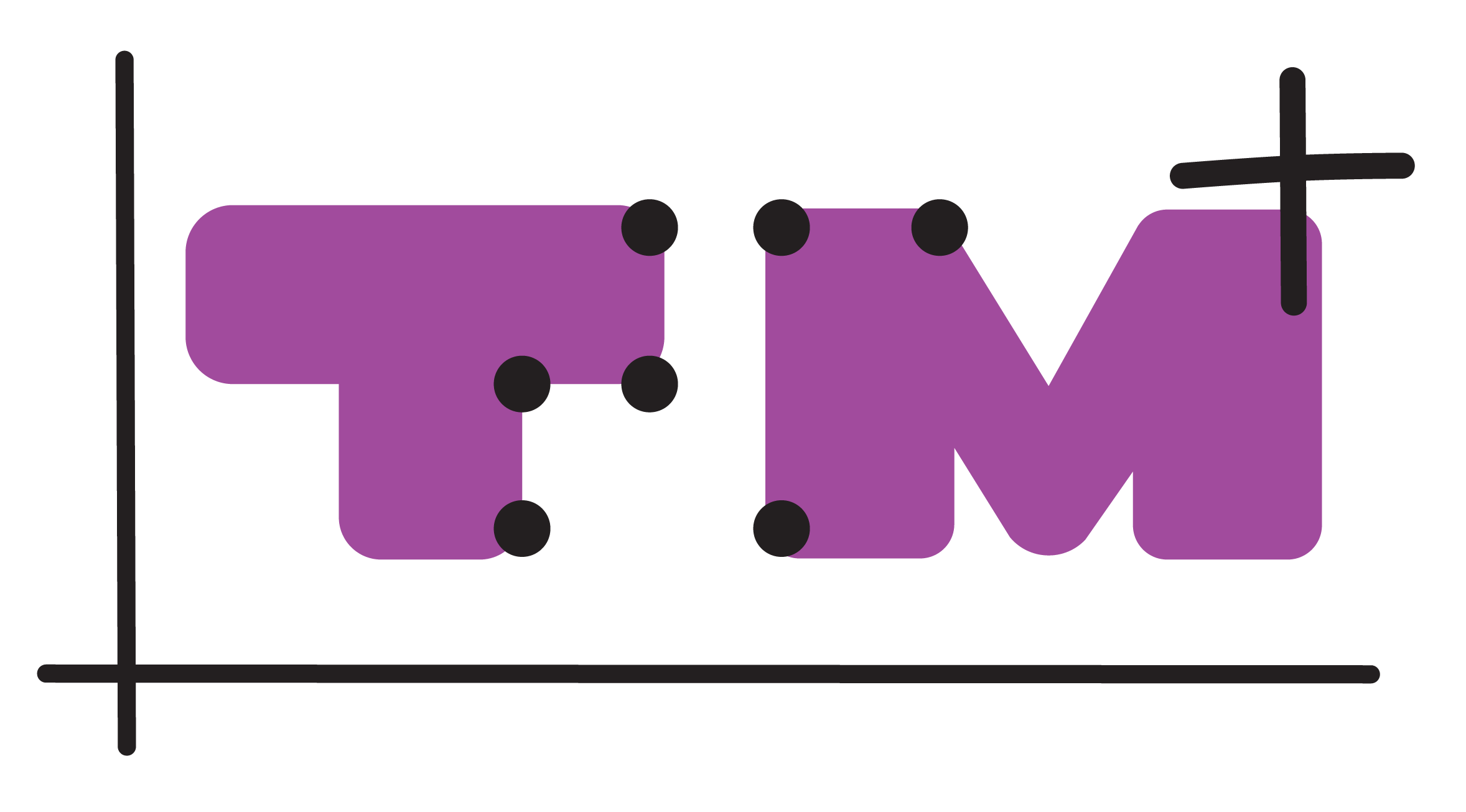The Expanded Mathematical Core Curriculum (EMCC) outlines additional skills and knowledge that braille readers should acquire, making them able to continue their mathematical development.
Solving Equations Using a Braille Display
The mathematical notation for those who can see differs significantly from that used by braille readers. For sighted students, symbols and numbers are arranged at different heights to show structure, and they have distinct visual appearances. These features, along with the ability to see everything at once, allow sighted students to quickly understand the overall structure of an equation — for example, recognizing when denominators are the same.
The distinction is illustrated in the following example, where sighted students will read
![]()
while the braille reading student will read
x^2/2 = (-2x ‐ 1)/2
Reading accurately in braille is challenging because braille characters differ only in the presence or absence of a raised dot in specific locations, making them easily confused with one another. Additionally, braille readers face difficulties in understanding the structure of equations due to the linear format and the limited view of the equation they experience. Unlike sighted students, who can see the equation as a whole, braille readers must read each character individually and sequentially. As a result, braille readers need more time and support from math teachers and professionals when learning to solve equations. Sighted students, on the other hand, have the advantage of quickly seeing the overall structure of the equation and writing intermediate steps.
For more information on how to solve equations using a braille display, see the section for braille professionals.
Solving Equations Graphically
It is possible to solve equations using graphical methods. For more detailed information, see the EMCC for coordinate systems and graphs.
Solving Equations Using Digital Tools
Computer Algebra System (CAS) software is a component of the mathematics curriculum in many countries, allowing students to manipulate and solve equations. The most common CAS program used in mathematics education is in the interactive application GeoGebra. Unfortunately, GeoGebra is not accessible for braille readers. As a result, braille readers must rely on alternative tools and strategies. For more detailed information, see the EMCC for Computational Thinking.
